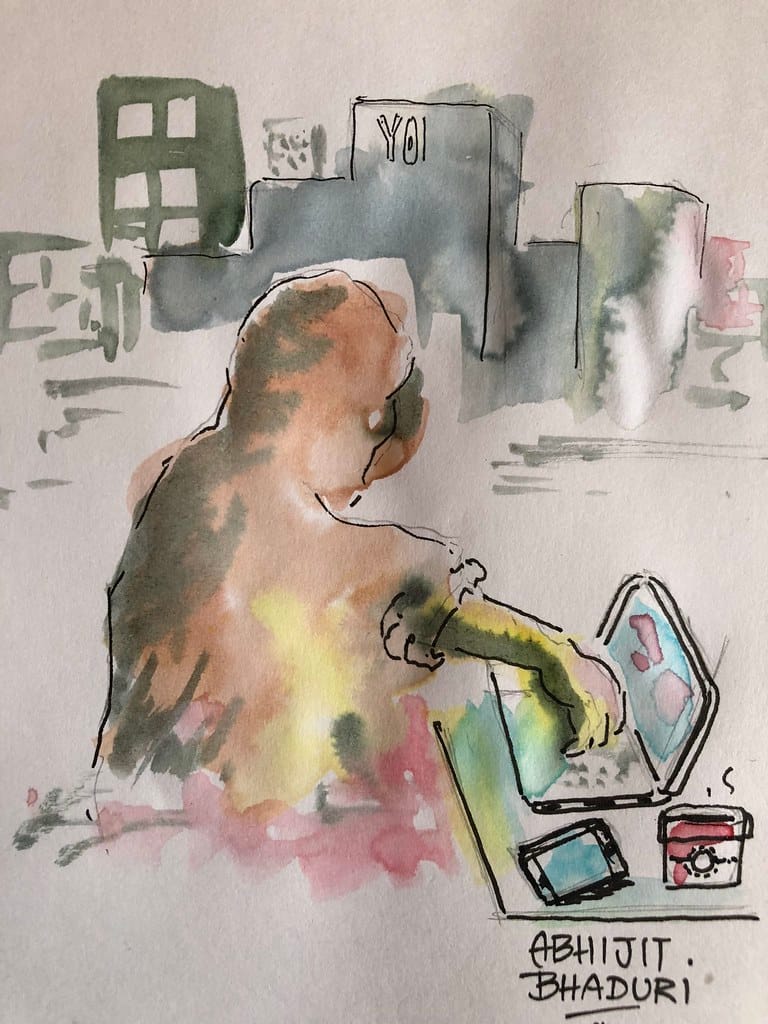NVIDIA's High-End GPUs Face New Security Threat: Rowhammer Attacks Could Compromise AI and Gaming Systems
NVIDIA has issued a critical security advisory warning that its flagship RTX 40-series and H100 data center GPUs are vulnerable to sophisticated rowhammer attacks, a revelation that could have far-reaching implications for AI infrastructure, cryptocurrency mining, and high-performance gaming systems worldwide.
The semiconductor giant's disclosure comes as cybersecurity researchers have demonstrated that these memory-based attacks can now target graphics processing units, expanding beyond their traditional focus on system RAM to potentially compromise some of the most powerful computing hardware available today.
What Are Rowhammer Attacks?
Rowhammer attacks exploit a fundamental weakness in modern memory architecture. By rapidly accessing specific memory locations, attackers can cause electrical interference that corrupts data stored in adjacent memory cells. Originally discovered in 2014 targeting system RAM, these attacks have evolved to become increasingly sophisticated and harder to detect.
The technique works by "hammering" rows of memory cells with repeated read operations, causing voltage fluctuations that can flip bits in neighboring rows. This seemingly subtle corruption can escalate into serious security breaches, allowing attackers to gain unauthorized access to sensitive data or execute malicious code.
NVIDIA's Vulnerability Assessment
According to NVIDIA's security bulletin CVE-2024-0129, the vulnerability affects several high-profile GPU models, including:
- RTX 4090 and 4080 gaming cards
- H100 Tensor Core GPUs used in AI training
- RTX 6000 Ada Generation professional graphics cards
- L40S data center GPUs
The company rates this vulnerability as "medium severity" with a CVSS score of 5.3, but security experts warn that the impact could be substantially higher in enterprise environments where these GPUs process sensitive workloads.
Real-World Implications
AI and Machine Learning Infrastructure
The timing of this disclosure is particularly concerning given the explosive growth in AI applications. H100 GPUs, which can cost upward of $40,000 each, are the backbone of major AI training operations at companies like OpenAI, Google, and Meta. A successful rowhammer attack on these systems could potentially:
- Corrupt AI model training data
- Steal proprietary algorithms and datasets
- Disrupt critical AI services and applications
- Compromise confidential research and development
Gaming and Consumer Impact
For gaming enthusiasts, RTX 4090 and 4080 cards represent significant investments, often costing $1,200 to $1,600. While consumer systems may seem less attractive targets, the vulnerability could still enable:
- Unauthorized access to personal data
- Cryptocurrency wallet theft
- Installation of persistent malware
- Compromise of streaming and content creation workflows
Technical Mitigation Strategies
NVIDIA has released updated drivers and firmware to address the vulnerability, but the fixes come with trade-offs. The company's mitigation strategies include:
Memory Access Throttling: Implementing delays between memory operations to prevent rapid-fire access patterns that enable rowhammer attacks.
Enhanced Error Correction: Strengthening existing error correction codes (ECC) on professional and data center GPUs to detect and correct bit flips more effectively.
Firmware Updates: Rolling out new firmware versions that include hardened memory controllers and improved monitoring capabilities.
However, these protections may result in slight performance decreases, particularly in memory-intensive applications like AI training and high-resolution gaming.
Industry Response and Broader Context
This vulnerability highlights the ongoing arms race between hardware manufacturers and cybersecurity threats. As GPUs become increasingly central to modern computing—from cryptocurrency mining to artificial intelligence—they present more attractive targets for sophisticated attackers.
The disclosure also raises questions about the security practices of cloud computing providers who rely heavily on NVIDIA hardware. Major platforms like Amazon Web Services, Microsoft Azure, and Google Cloud Platform will need to evaluate their exposure and implement appropriate safeguards.
What Users Should Do Now
Immediate Actions:
- Update to the latest NVIDIA drivers immediately
- Monitor systems for unusual performance degradation or errors
- Implement additional network security measures for high-value GPU deployments
- Consider isolating critical AI workloads from internet-facing systems
Long-term Considerations:
- Evaluate the cost-benefit of performance versus security trade-offs
- Develop incident response plans specific to GPU-based attacks
- Stay informed about emerging GPU security threats
The NVIDIA rowhammer vulnerability serves as a stark reminder that as our computing infrastructure becomes more powerful and specialized, new attack vectors will inevitably emerge. Organizations and individuals alike must remain vigilant and proactive in protecting their valuable GPU investments and the sensitive data they process.

